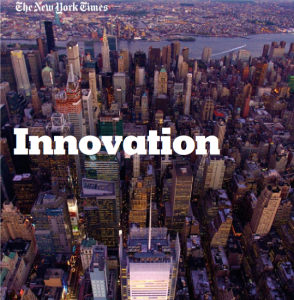Recently, The New York Times’ executive editor Dean Baquet announced to staff that the paper was retiring one of its long-standing traditions. No longer would reporters “pitch to Page One” during morning editorial meetings – that is, make a case for why an enterprise story (one not based on news or a news release) should be published on the front page of the print edition.
Baquet said the morning meetings would instead be focused on identifying which enterprise stories would get the best placement on the paper’s digital platforms – currently web, mobile and social. Staff would deliberate A1-worthy stories at afternoon meetings, but they would be of lesser concern. There would be two “Dean’s Lists” – one for digital and the other for print pieces.
The turnaround for digital pieces is lightning fast: Stories pitched in the morning meeting must be ready for posting by noon that day. The goal is to post the best content when the most eyeballs are on the Times online – between 7 a.m. and 7 p.m.
This move wasn’t a huge surprise. Last March, the Times issued its “Innovation” report, an internal document detailing “the difficulties we face in audience development” and “the need to become a more nimble, digitally focused newsroom that can thrive in a landscape of constant change.” It revealed just how behind the times the Times had been.
In the report, Paul Berry, one of the founders of The Huffington Post, is quoted as saying, “At the New York Times, far too often for writers and editors the story is done when you hit publish. At Huffington Post, the article begins its life when you hit publish.” Instead of waiting for audiences to find them, now the Times would deliver its journalism to readers through packaging, promoting and sharing with people where they are.
The Times’ strategy shift is further confirmation that news delivery will never be the same. And because of that, we must be more diligent than ever in understanding how, when and where audiences consume news as we develop PR strategies.
How do you see PR changing given the media’s move from print to digital content delivery?

